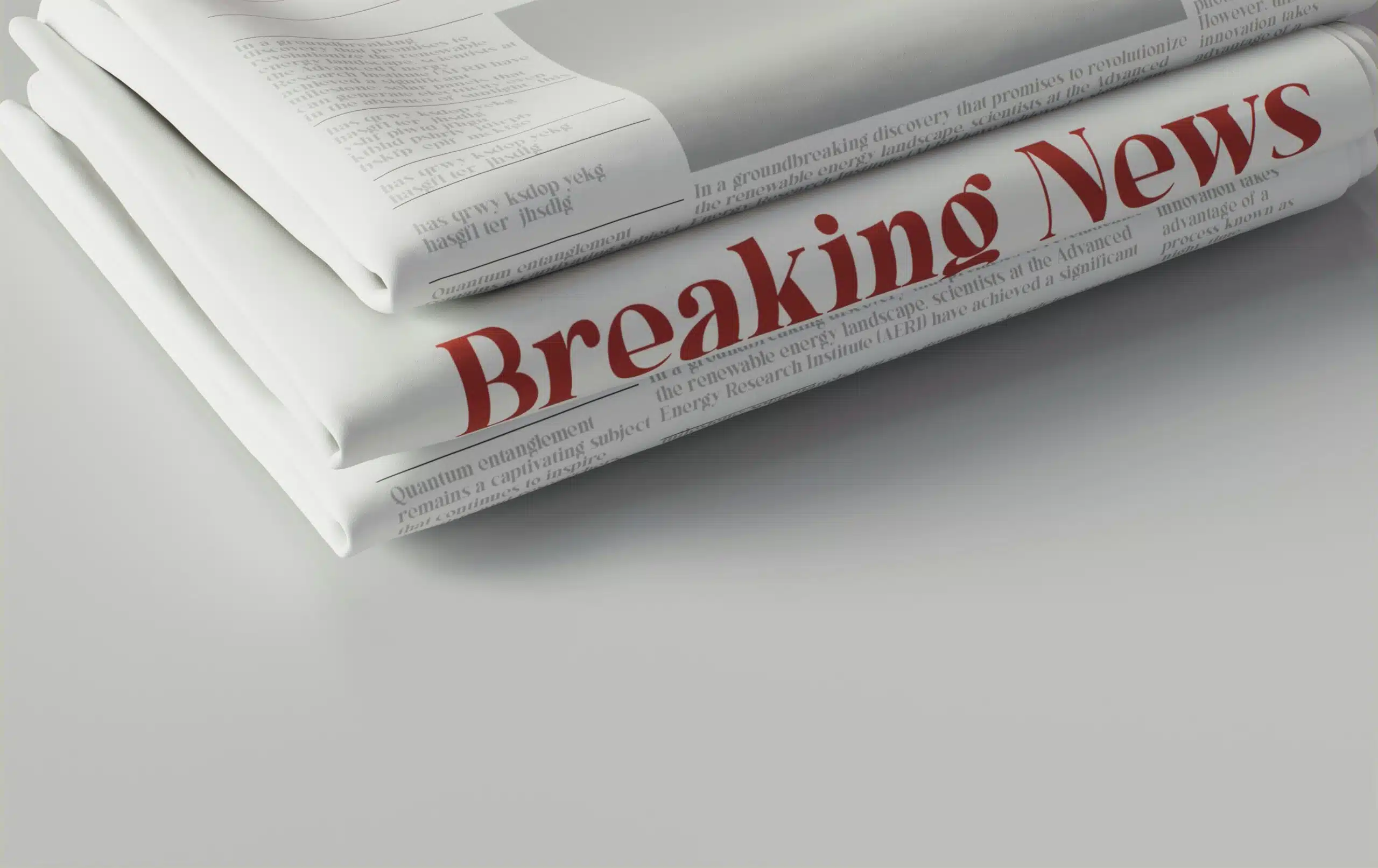
HR Communication: The Power of a Campaign During Crisis
One of the best ways to help your employees perform their best is to deliver clear, consistent, and simple communication. Developing a communication strategy not only gets the most important message across, but also instills trust in your team. When so much is up in the air, a strong communication strategy builds trust to help keep things calm.
In Effective HR Communication, Debra Corey argues that companies typically only focus on their messaging when communicating to their customers, not their employees. Instead, they often kick out rushed responses to the team, reacting to control the outcome.
That kind of communication isn’t ideal even in the best of times. But in a crisis? It’s hugely problematic. If employees can’t get clear answers, morale can take a nosedive overnight.
Alternatively, great communication establishes a relationship with employees, and defines your culture as you interact with them through crisis. It’s one way you can demonstrate your company’s values.
Keep it Simple
When you’re communicating in a crisis, remember to keep it short and simple. Most employees only read the first two or three sentences. What do you really want them to know?
Just like in marketing, you want to grab your employees’ attention right away. Create simple and positive campaigns that make your main points clear and easy to understand.
Because so much important information comes from HR—information that directly impacts employees’ lives—it’s especially important to be clear. How you communicate about benefits, pay, and PTO greatly affects your employees, so clear communication around these high stake issues is critical.
A new study by Equitable, says that more than half of US employees regret their open enrollment decision. Strong communication from HR through important decisions can help prevent employees from making decisions they later regret. Your communication strategy isn’t just a “nice to have” add-on to your HR work—it can directly impact your employees’ health and well-being.
It’s important to be proactive when building a communication strategy. Create templates for common occurrences ahead of time so you can simply reach for one when needed. Templates for repeat issues like natural disasters, layoffs, and open enrollment can help you respond to these crises in a timely manner.
Also, you’ll feel better knowing you have a plan in place. When a crisis hits, you won’t be left scrambling wondering what to say.
Good communication builds trust. And trust gets results: in Effective HR Communication, Covey says when employees trust the people they work for, they are more likely to push themselves to get the best possible results. Companies that reported high levels of trust regularly outperform their competitors 2 to 3 percent.
Employers and HR departments who want to foster a high-performance, trusting workplace, should focus on creating goal-oriented and strategic campaigns.
Your employees don’t want to read a lengthy email about updates to their benefits or PTO. Keep it clear, crisp, and to the point.
Building an Effective Campaign for Natural Disasters
When a natural disaster strikes, like the fires in L.A. this January, people need communication from their employers. They may find themselves unexpectedly taking time off or with crucial questions about their benefits.
As you build out a template for communication during natural disasters, here are the 4 key points to consider:
How: How can you reach your employees? What is the most effective way to communicate with them? Don’t assume you know! Conduct a survey to find out which channel they prefer—email, intranet, Slack, etc. You want to make sure you’re making templates for the right platform.
Why: Why are you reaching out? What’s your goal? What’s the takeaway message or feeling you want your employees to have? For example, in a natural disaster, your goal might be to convey support or explain options for benefits. But make sure that you set a clear communication goal so your message stays crisp and clear.
Who: Who is responsible for what? Whose input do you need before you can communicate? Using the RACI model can also help you determine who is responsible for each task, who is accountable, who should be consulted, and who should be informed. If you are sending out communication on benefits, for example, you’ll want the draft to start with the benefits consultant and be passed to marketing before coming to you. This ensures you are working as a team to collect expert opinions and the whole team is held accountable for the message and direction. A good leader always works with those around them.
Genuine communication is paramount. Employees know when the notice you are sending is simply to protect you or the employer. You’ll continue to wonder why there is low employee engagement or retention problem when not focusing on establishing an honest rapport and relationship with employees.
The last step is to create a communications campaign plan. An example of this type of project plan is delivery dates and topics/content of communication. FAQs that are updated to send when employees face this.
Read these examples in response to fires, tornadoes, or other natural disasters and see if you can tell the difference between a campaign that is trying to communicate trust and one that is not:
Goal: To convey our support and present options for those affected
Version #1
We know this is an incredibly difficult time for you and your families. We want to convey our support to those of you affected by _____________.
Our benefits package covers _____, _______, _______ depending on your plan. If you need other arrangements, please contact us. The most recent update on this matter is _____________. You can get information on updates here.
We’re here to support you during this incredibly difficult time.
—-
Version #2
In the recent months there has been a fire raging through California. This has affected many of you. We want to make sure we continue business as usual so if you need help to take over your duties please let us know asap.
—
What are the differences in tone? Is it employer centric or employee centric? Now the majority of us probably lie somewhere in between but recognizing what and how you are using language to communicate is important to your overall culture.
The strategy is understanding that employees only read the first two to three sentences. So if it had to be brief, what would you want them to get out of it? This also helps with your ability to produce these communications. Remember the KISS model. Keep it short and simple.
Short, simple touches can make all the difference in building a relationship with employees and employers. Proactively preparing these communications or continuing to improve on drafts can start to automate that task. You’ll have your framework in place to improve on rather than reacting out of fear.
ICE raids, natural disasters, pandemics… get your plan in place to calm your nerves and show up as the leader that can chart the path forward for employers and employees.
—
The information contained in this site is provided for informational purposes only, and should not be construed as legal advice on any subject matter.

Advice in Your Inbox
Join our newsletter for free bi-monthly toolkits and downloads on how to hire, support, and retain your best talent.






